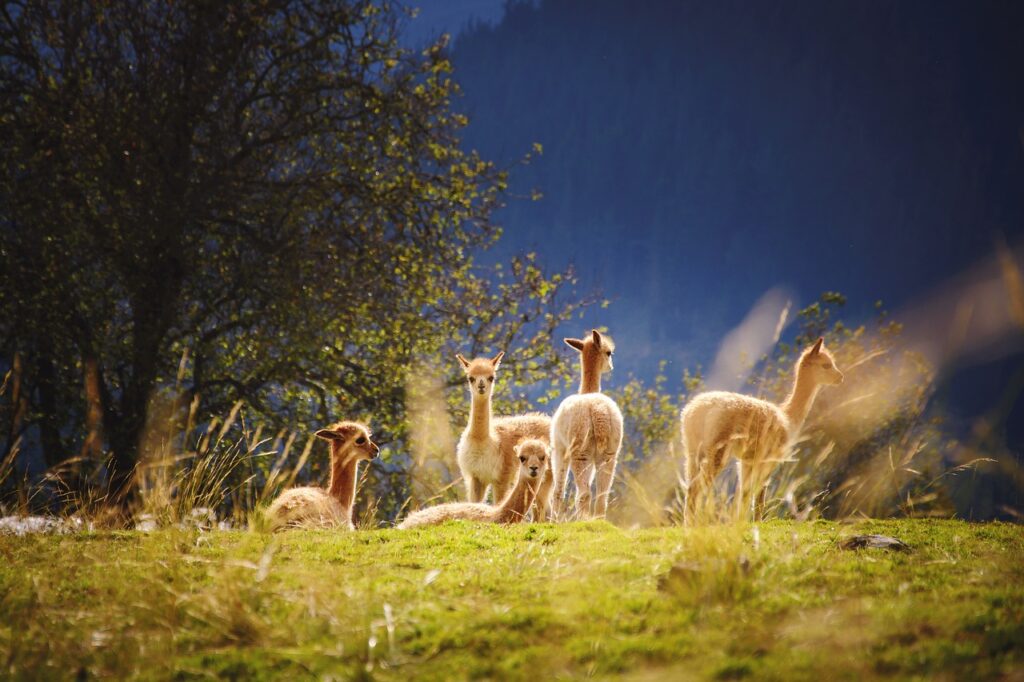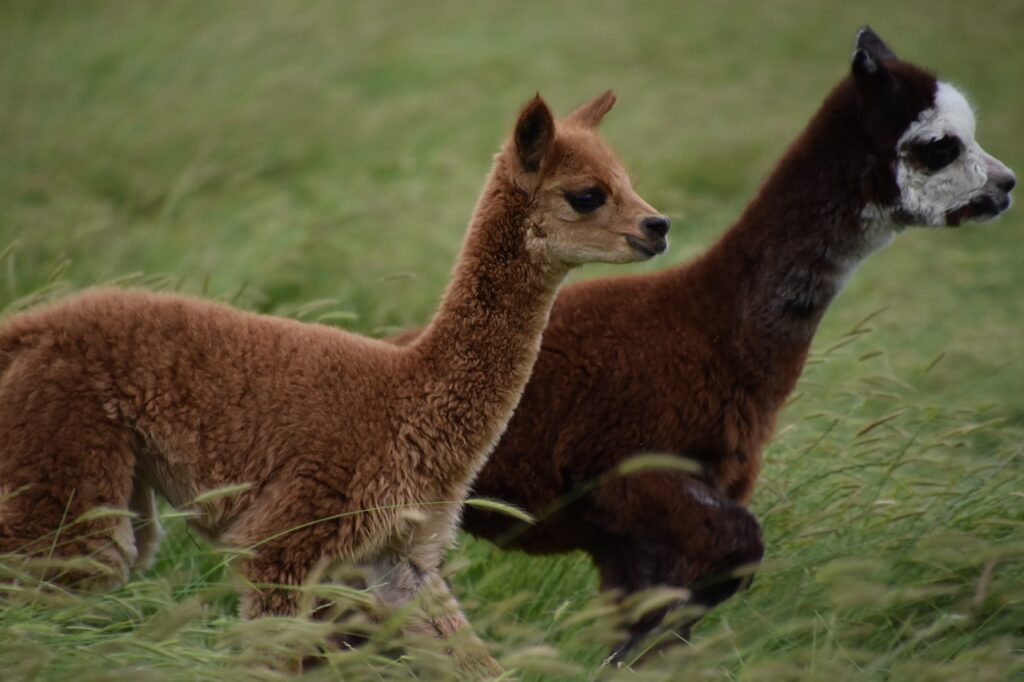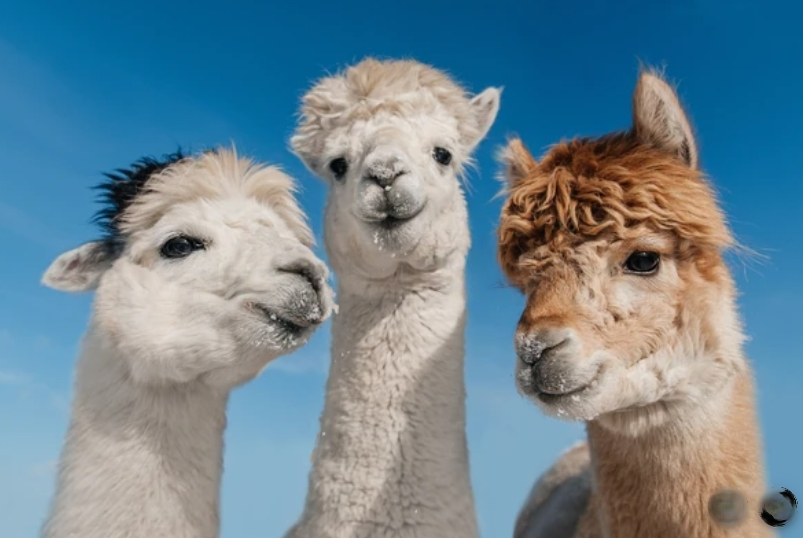So you’re thinking about getting some alpacas? Alpacas are wonderful animals, and the more time you spend with them, the greater your love for them will grow. Alpacas are an excellent choice to have around your homestead, farm, or even in a large enough yard with shelter. They are fun and playful creatures that are a joy to watch as they interact and express their unique personalities.
One thing that makes alpacas such a popular choice for hobby farms is the fact that they are relatively easy to care for compared to many other large animals and livestock; most of the daily care required revolves around food and water.
Other regular care required includes:
- Monthly and yearly shots and vaccinations.
- A healthy feeding schedule.
- Green pasture to graze on.
- Clean water.
- Keeping their nails and teeth trimmed.
- Shearing them annually.
Helpful tip: Most professional shearers provide nail and teeth trimming services in addition to shearing your animals, which means the routine responsibilities you’re left with can be relatively simple.
But before you jump right into acquiring some alpacas, it’s important to educate yourself on their exact needs and consider a few things. First off, the fact that alpacas are herd animals and should always be kept in groups of their own kind.
How many alpacas should you get?
As herd animals, alpacas need to be kept in groups of three or more. Ideally, if you plan to have both male and female alpacas, you should have at least three of each. This way, if you keep each gender separate, all of your animals will still have proper company to play and interact with.
Although alpacas are rather simple to care for, they are complex animals and can be strongly affected by prolonged stress and other emotional factors. Therefore, it’s essential to ensure that every alpaca in your herd has the proper social life (among other alpacas), pasture space, and activity for a healthy life.
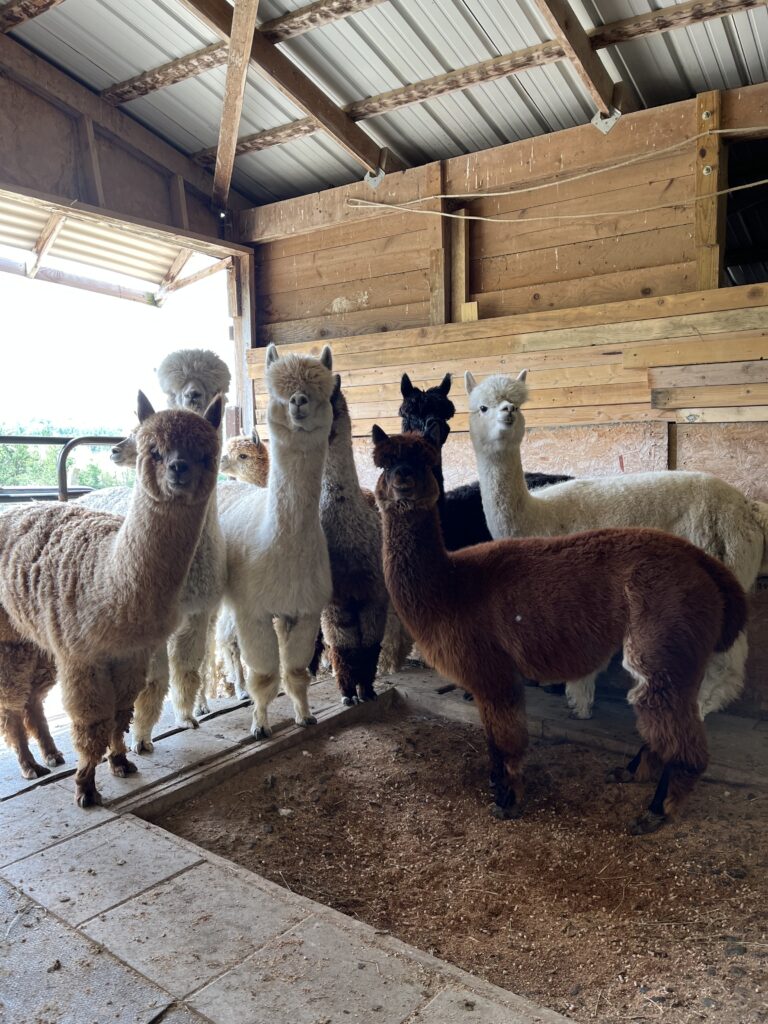
The size of land you have at your disposal is also a major factor when choosing how many alpacas to start your adventure with. We suggest the maximum herd density of five alpacas per acre for beginner caretakers. This allows space to have split pastures for rotated grazing and dry lot. More experienced breeders often set up systems that work for higher density, so it is possible to have more per acre, though it’s best to have a firm grasp on what is required to do so successfully before executing it.
Alpacas should not be alone
Alpacas are, in fact, livestock and should not be treated like a pet. Sure, you can love them, take them for walks, interact with them, and feed them — but the time they spend with humans or other species is not a substitute for the social structure they require from a herd of their own kind.
Most breeders won’t sell less than 2-3 alpacas as they want to ensure that the animals will be in a proper herd dynamic. However, even if you come across a seller or rescue that is rehoming a single animal, please do your part and bring them companions as you take them in.
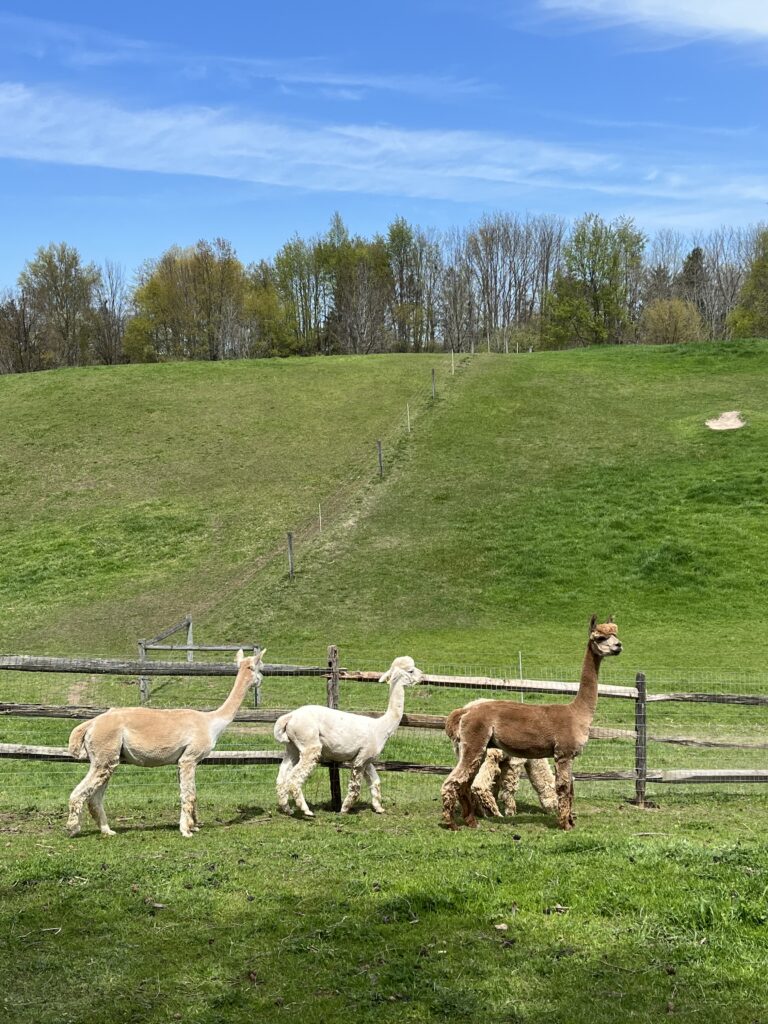
Alpacas have a strong herd instinct and are quite social within their own herd. By nature, alpacas exist in a hierarchical structure — meaning each herd, or even separated group within the herd, will typically have a clear leader.
Within groups of male alpacas, there is often a challenge between the most dominant animals as to who the leader is. Everything falls into line behind whoever arises as the leader. Even in groups of females, a matriarchal leader will arise.
If alpacas are separated into groups smaller than three, the inability to exist within their nature of this herd mentality will cause stunted mental stimulation and, subsequently, poor overall health (even if the average person doesn’t notice the physical signs.)
Consider the needs of your alpacas
Before you get alpacas, do your due diligence to research, understand, and provide the needs that alpacas have, and continue to consider the needs of each individual animal as you care for them.
Alpacas are wonderful creatures, and they deserve the best we, as caretakers, can give them. Caring for a herd of alpacas is a great responsibility, but it doesn’t have to be scary — and it’s not all that difficult either!
When you take the time to properly understand what your alpacas need to thrive, and provide these needs, you will have the privilege of seeing these majestic animals flourish in their new home.
When can an alpaca be kept alone?
There are a few exceptions that may call for the need to isolate an alpaca. One such circumstance is when an animal in your herd should develop a spreadable skin condition or other health concerns that require quarantining.
Another situation will be if you have a juvenile male alpaca that is between the stages of being penned with its mother and the other females and living with the adult males. He may be too developed to risk pregnancies with the females, but still too small to hold his own in tiffs with the full-grown males. If there are no appropriate pen-mates to keep him with, it may be necessary to keep him alone for a short time.
None of these circumstances should be in any way permanent and should only be implemented for as long as necessary, according to the situation.

Alpacas typically live for about 15-25 years. And as sad as it may be, herds do lose animals before these ages at times. If you find yourself in a situation where a loss brings your herd down to less than three in number, do not simply let the remaining animals live out their lives alone. Repopulate your herd numbers to be at three minimum again so that your alpacas can have the social lifestyle they require.
Can alpacas live with other animals?
Alpacas can live with other livestock, but first, you should consider a few important things
- Are there any parasites or spreadable illnesses that are common between the types of animals you want to mix?
- Are there any dangers of fighting or harm being caused from one to the other?
- Will there be undesired stress caused to the alpacas by the other animals?
Alpacas and other camelids typically mix best with smaller livestock such as goats and sheep. However, it’s important to note that sheep, goats, and other livestock do not count as an adequate substitute for the previously discussed alpaca herd size.
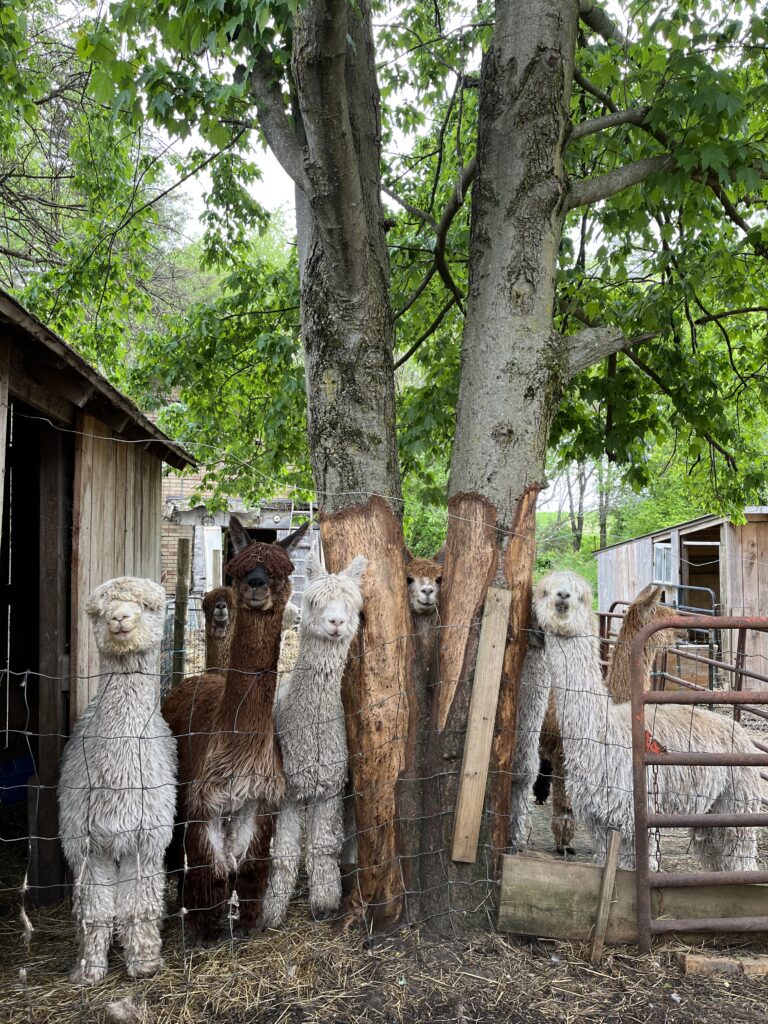
Summary
Alpacas are like potato chips; you can’t have just one. In fact, you should have at least three alpacas! We’re confident that even if you only get three, you’ll be wanting more than that soon enough. They are such fun and quirky animals, and it’s a joy to raise them. So what are you waiting for? Get some fence and shelter up, do some research, find a mentor, and get ready to begin your journey with alpacas!
